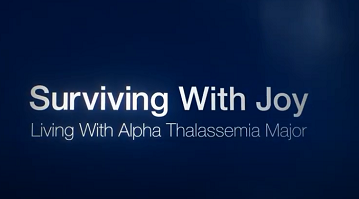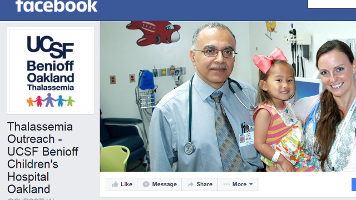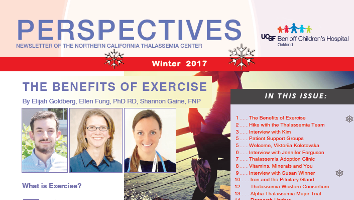THROMBOEMBOLIC DISEASE
People with thalassemia are at increased risk of thrombosis.
Thrombotic events include pulmonary embolism, arterial occlusion, portal thrombosis, and deep vein thrombosis. Approximately 1 to 2 percent of thalassemia major patients and 5 percent of thalassemia intermedia patients experience a serious thrombosis.
One of the most common and serious complications is stroke. Recent brain MRI studies suggest that thalassemia patients (particularly those with thalassemia intermedia) are at high risk for subclinical infarction or silent stroke. Splenectomy significantly increases the prevalence of thrombotic events. Inadequate transfusion may increase the risk of thrombosis secondary to increased release of procoagulant red cell particles. Many people recommend that all post-splenectomy patients should receive anti-platelet or anti-thrombosis therapy with aspirin or low dose warfarin.
Post-splenectomy thrombocytosis is common, and low-dose aspirin should be given during this time. Another complication following splenectomy is the development of a thrombophilic state. Venous thromboembolism, more common in thalassemia intermedia and hemoglobin H–Constant Spring, can develop following splenectomy.














